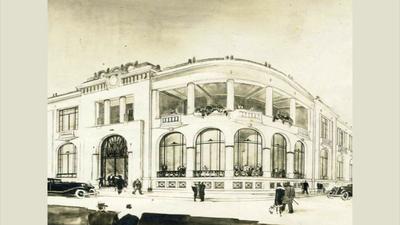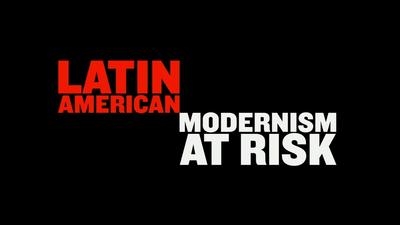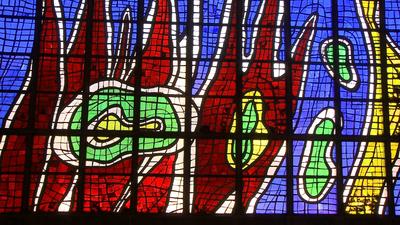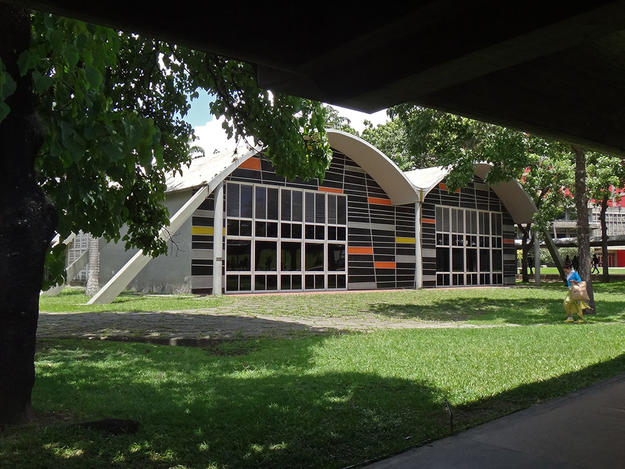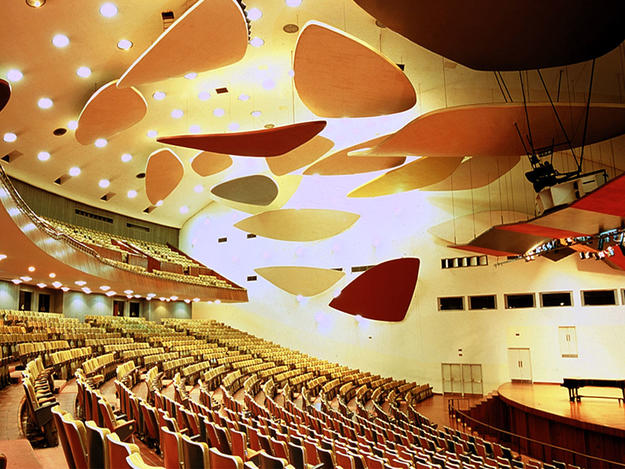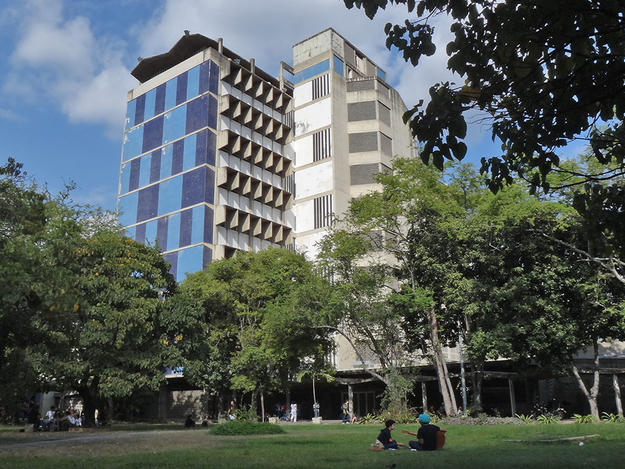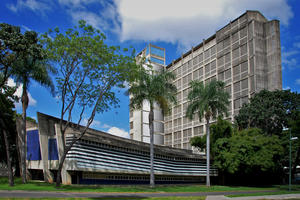Ciudad Universitaria de Caracas
2010 and 2014 World Monuments Watch
The Ciudad Universitaria de Caracas, a masterpiece of twentieth-century urban planning and architecture, is the main campus of the Central University of Venezuela. The university was founded in 1721 and soon outgrew its original location in the Santa Rosa Seminary. It expanded beyond its subsequent home in the former San Francisco Convent, and was eventually dispersed amongst several locations throughout the urban center. In 1942, the local government acquired the historic Hacienda Ibarra in the outskirts of Caracas, and renowned modern architect Carlos Raúl Villanueva designed a new complex to accommodate the growing academic institution. Construction began in 1944 and lasted well into the 1960s. The design for the Ciudad Universitaria de Caracas included administration buildings, faculty departments, student housing, sports facilities, public spaces, and a botanical garden. The campus was characterized by the use of innovative technology and functional yet daring architectural designs, and incorporated works by such distinguished artists as Alexander Calder, Fernand Léger, Víctor Vasarely, Matthew Manaure, Alejandro Otero, and Pascual Navarro. The Ciudad Universitaria de Caracas was declared a World Heritage Site in 2000. Pressures of growth created by evolving academic, research, and administrative needs puts the integrity of the campus design at risk. A lack of both resources and technical capacity make the preservation of the modern materials, construction techniques, ornamentation a challenging prospect. Inclusion on the Watch seeks to raise awareness about the need to steward this important complex through integrative management that balances change and preservation.
Videos
